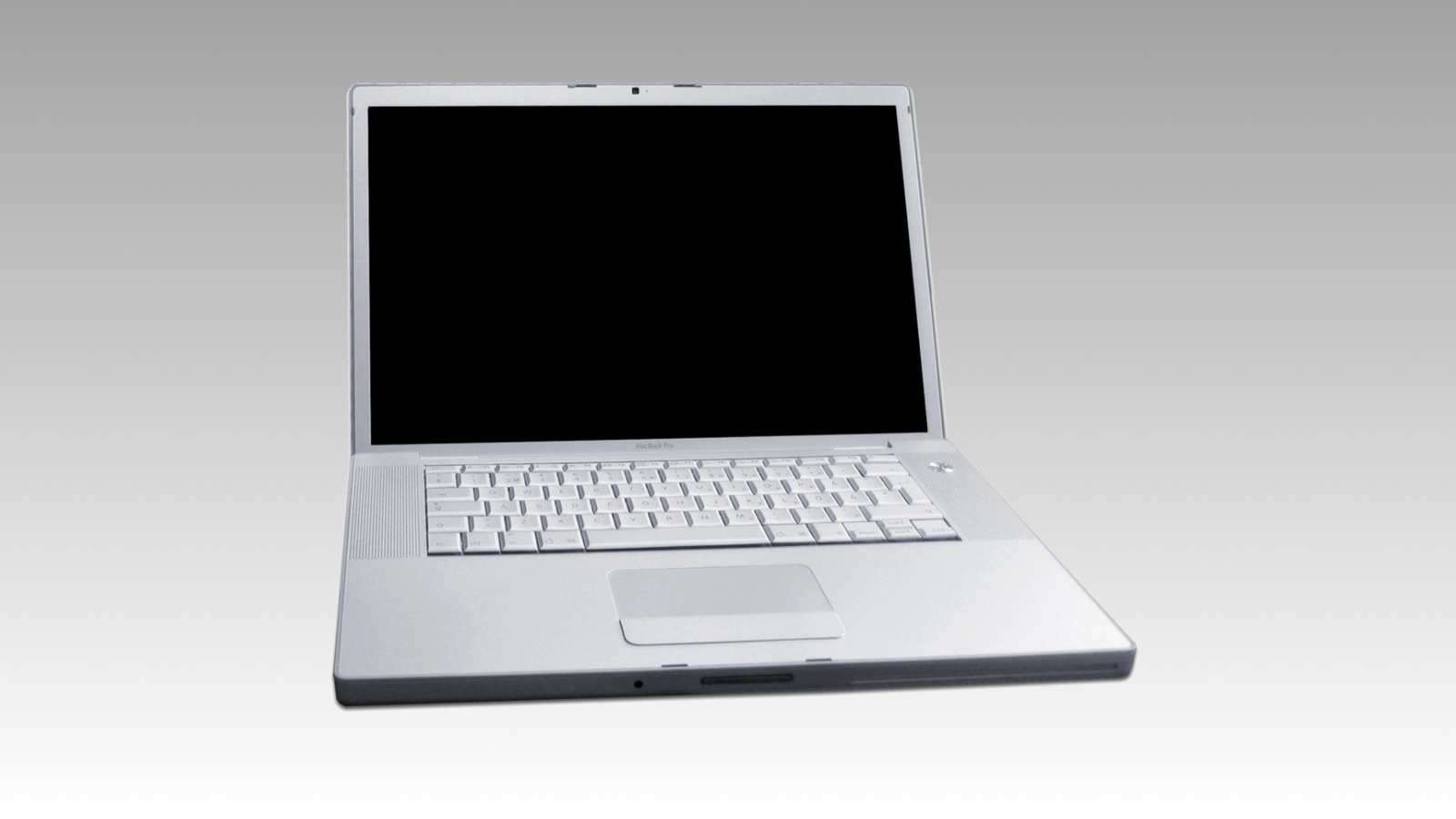02.14.2025
Apple launched the original MacBook Pro 19 years ago today. Jobs announced the MacBook Pro at the Macworld Conference & Expo in 2006. It was the first Mac notebook to

Jobs announced the MacBook Pro at the Macworld Conference & Expo in 2006. It was the first Mac notebook to transition from PowerPC processors to Intel's Core Duo architecture. Designed to be an Intel-based replacement for the PowerBook line, the MacBook Pro took a similar aluminum chassis and added an Intel Core processor, a webcam, and the MagSafe power connector. Its display was 67% brighter than its predecessor, matching the luminance of Apple's standalone Cinema Displays.
Apple claimed that the Intel processors delivered "up to four times the performance of the PowerBook G4." The transition was supported by Rosetta, a software translation layer that allowed PowerPC applications to run on Intel-based Macs.
The original MacBook Pro came in two configurations, both with 15.4-inch widescreen displays offering 1440 x 900 resolution. The entry-level model featured a 1.67 GHz Intel Core Duo processor, 512MB of DDR2 RAM, and an 80GB hard drive, while the higher-end model boasted a 1.83 GHz processor, 1GB of RAM, and a 100GB hard drive. Both models included ATI Mobility Radeon X1600 graphics cards. The 15-inch model weighed just 5.6 pounds and was only one inch thick.
It also featured two USB 2.0 ports, a FireWire 400 port, a Gigabit Ethernet port, and an ExpressCard/34 slot for expandability. The exclusion of FireWire 800 in the initial 15-inch models drew criticism from some users, but this port was later restored in subsequent revisions. Initially only available with a 15-inch display, Apple introduced a 17-inch variant in April 2006.
Over the years, the MacBook Pro line evolved through various design and technological iterations, including the unibody construction in 2008, the Retina display in 2012, and the controversial Touch Bar in 2016. The transition from Intel to Apple Silicon in 2020 marked the end of the Intel-based MacBook Pro era, as Apple moved to its proprietary M1, M1 Pro, and M1 Max chips.
This article, "Apple Launched the MacBook Pro 19 Years Ago Today" first appeared on MacRumors.com
Discuss this article in our forums
You may also be interested in this
Final Cut for iPad, Apple…
05.26.2023
The rumored Apple VR Headset now seems inevitable for WWDC, while iOS 17 could bring more Lock Screen features, and we have the first impressions of Final Cut Pro for
Google & Amazon’…
10.06.2025
On the latest episode of the HomeKit Insider Podcast, we cover the news from the week, including discussion of all the announcements from the headline-grabbing Google and Amazon smart home
Should Apple Watch Get To…
08.23.2025
This week, we're diving into some exciting developments in the Apple world — including a potential Touch ID feature coming to the Apple Watch in 2026! 🤯 From hidden code
Why a Wi-Fi 7 router shou…
01.02.2024
Anyone shopping for a wireless router should get one with Wi-Fi 7. Here's why a Wi-Fi 7 router improve speed and reliability. (via Cult of Mac - Apple news, reviews
The History of the Apple …
11.24.2024
The history of the Apple computer is a tale of innovation, entrepreneurship, and technological revolution. At the heart of this narrative lies the Apple II, a landmark product that not
Hey Apple, scrap the fold…
04.11.2025
Macworld Over the past 10 years, Apple has generally stuck to devices that are predictable and safe, avoiding major new launches or radical changes that might not be rock-solidly reliable.
Apple shareholders reject…
02.25.2025
On Tuesday, February 25, 2025, Apple shareholders turned down a suggestion to scrap the company’s diversity, equity, and inclusion (DEI) initiatives. The push to ditch DEI came from the National
First M4 iPad Pro reviews…
05.13.2024
Apple last week announced a , which is now available for pre-order. While the company says the new iPads will be officially launched on Wednesday, May 15, the press has


